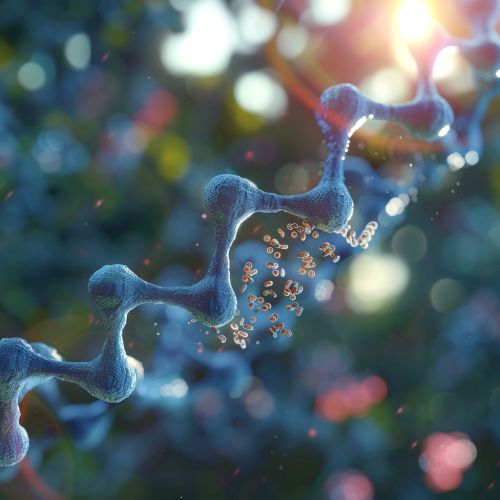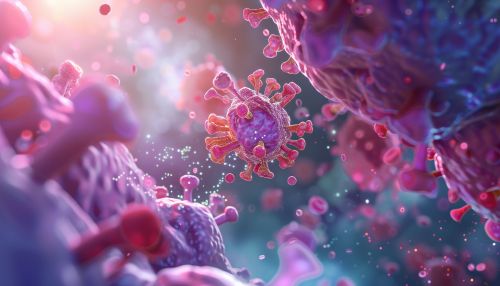NAD+
Introduction
NAD+, or Nicotinamide adenine dinucleotide, is a coenzyme found in all living cells. It is a crucial component of cellular respiration, playing a vital role in the transfer of electrons during metabolic reactions. This molecule is involved in a variety of biological processes, including energy metabolism, DNA repair, cell survival, and aging.


Structure and Function
NAD+ is composed of two nucleotides joined through their phosphate groups. One nucleotide contains an adenine base, while the other contains nicotinamide. The coenzyme exists in two forms: NAD+ (oxidized form) and NADH (reduced form). The primary function of NAD+ is to carry electrons from one reaction to another, acting as an electron carrier in redox reactions. This is essential for the production of ATP, the main energy source for cells.
Role in Metabolism
NAD+ is a key player in cellular metabolism, particularly in the processes of glycolysis, the citric acid cycle, and oxidative phosphorylation. In glycolysis and the citric acid cycle, NAD+ accepts electrons and is reduced to NADH. This NADH is then used in oxidative phosphorylation to generate ATP. Thus, NAD+ is crucial for the conversion of food into usable energy.
NAD+ and Aging
Recent research has suggested a link between NAD+ levels and the aging process. As organisms age, NAD+ levels tend to decrease, which can lead to a decline in mitochondrial function and increased oxidative stress. Some studies suggest that boosting NAD+ levels may have anti-aging effects and improve various health parameters.
Therapeutic Potential
Given its vital role in cellular metabolism and potential anti-aging effects, NAD+ has been the focus of numerous studies exploring its therapeutic potential. Some research suggests that NAD+ supplementation could help treat a range of conditions, including neurodegenerative diseases, heart disease, and metabolic disorders. However, more research is needed to fully understand the potential benefits and risks of NAD+ therapy.
